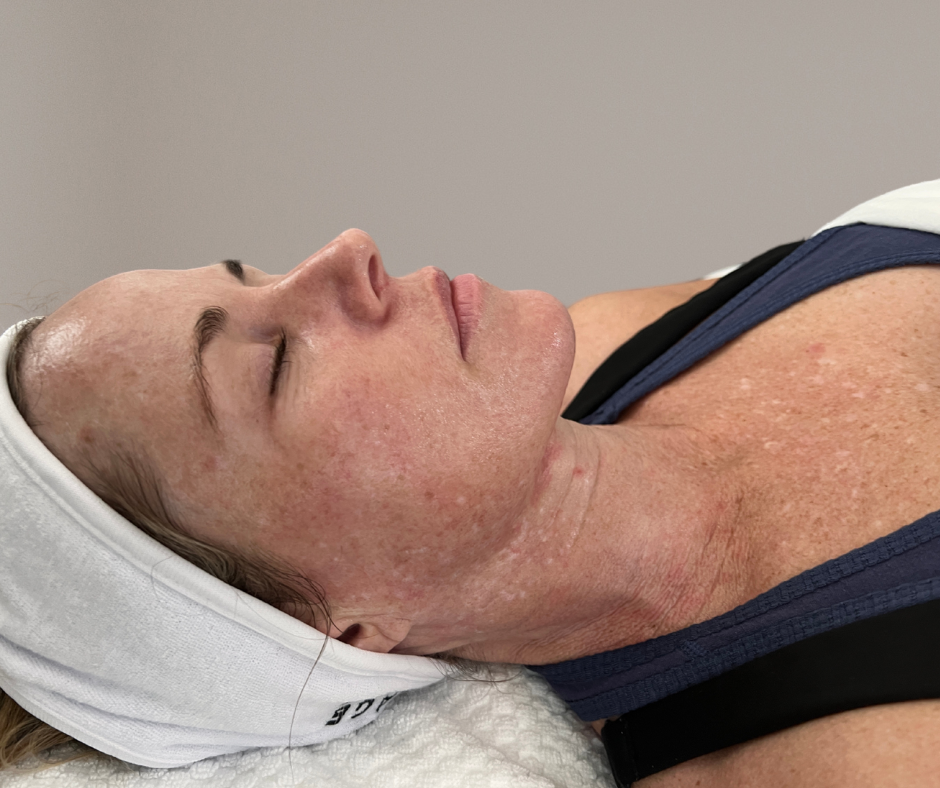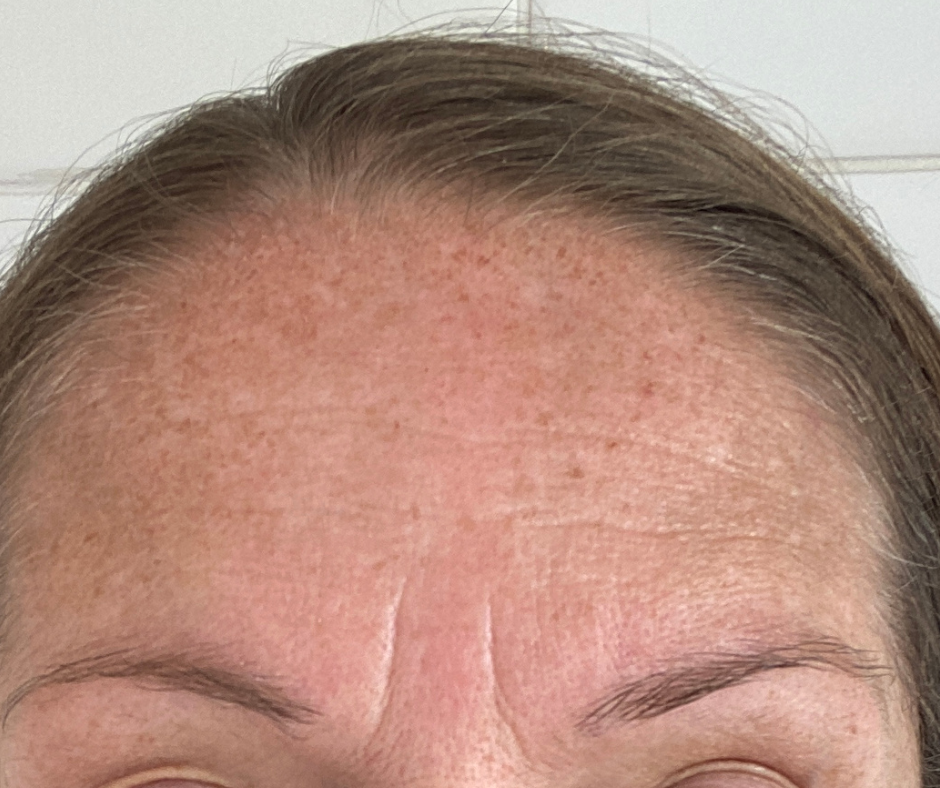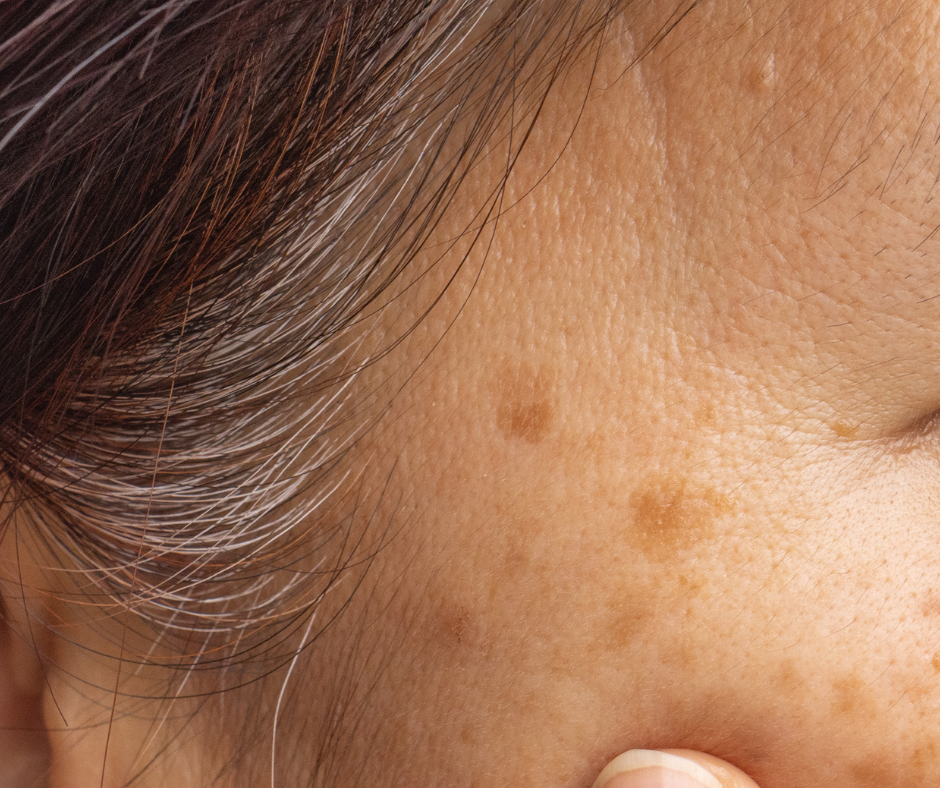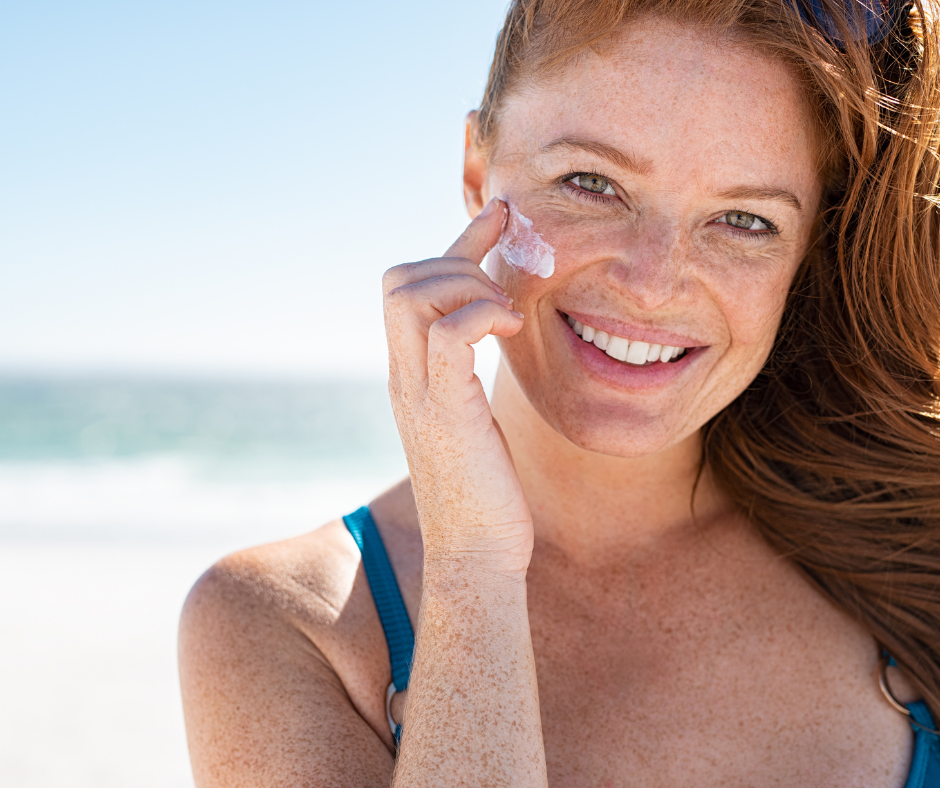Pigmentation
Pigmentation
When melanin is produced unevenly, it can lead to areas of discolouration or dark spots on the skin, this is known as pigmentation. These changes in skin tone can appear for many reasons and often become more noticeable with age, sun exposure, or after inflammation or injury to the skin.
One of the most common forms of pigmentation is sun-induced pigmentation, also known as solar lentigines or “sun spots.” These flat, brown spots typically appear on areas frequently exposed to the sun, such as the face, hands, chest, and shoulders. Over time, repeated UV exposure encourages excess melanin production, resulting in patchy, uneven skin tone.

Sun damage, brown spots, and melasma
Consult with our experienced dermatologists today.
What is pigmentation?

Melasma

Sun Damage

Sun Spots
Do you have sun damaged skin?
Our Approach to Pigmentation Treatment
We offer a range of solutions to help improve uneven skin tone. Treatments may include topical therapies, in-clinic procedures such as chemical peels, light-based therapies, and personalised skincare regimens designed to support long-term skin health and prevent recurrence.
It’s also important to know that sun protection is essential when treating pigmentation. UV exposure can worsen existing discolouration and trigger new pigment to form, even on cloudy days. That’s why we always recommend a broad-spectrum sunscreen as part of any treatment plan.

Comprehensive Care for Pigmentation and Sun Damage
Consult with our experienced team today.